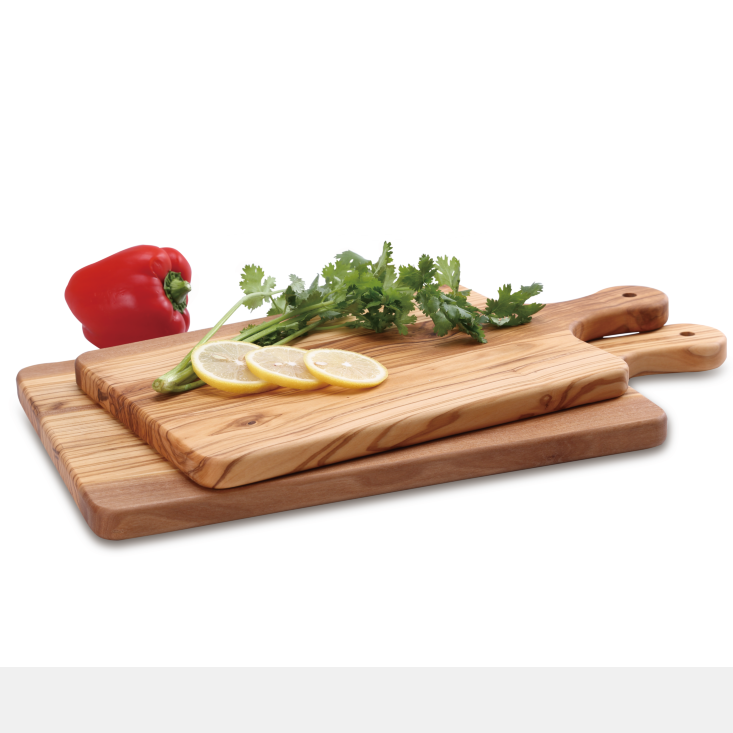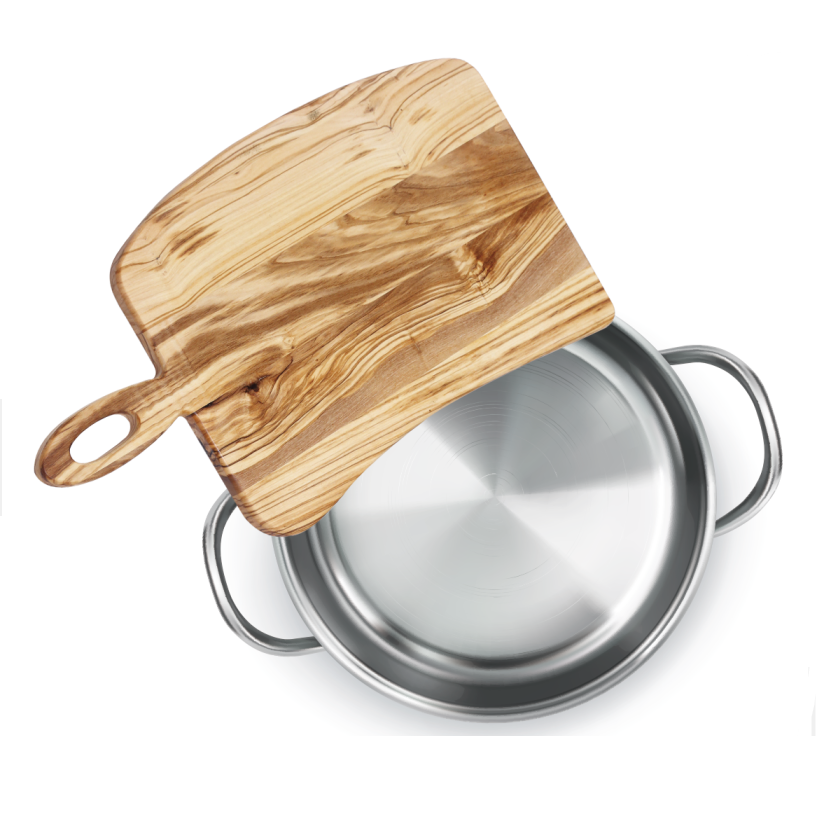Paper quality requirements of printing presses
What is the most important requirement of a printing press for the quality of paper? Simply put, it is paper-feeding. The question is, how can I get better paper feed with C1S / C2S paper? Most of the performance of C1S paper depends on the structure of the paper itself. It can be said that problems in paper mills can directly lead to printing problems. Quality problems in printing are often directly related to the lack of smoothness of the paper. Specks, poor ink performance and poor ink coverage are typical problems that often occur when using "rough" C1S paper. The smoothing of paper is a mechanical process. The longer the paper "irons" during papermaking, the better the smoothness. The ironing concept of the papermaker includes glazing, wet stacking and dry stacking, but for the printer, the flatter the ironing is, the better the paper feedability. So how do you know if the paper you are using has been specially ironed? It depends on whether the paper has passed through the dry pile after the wet pile. In a typical papermaking process, after the web is squeezed by a hot roller to remove excess water, a wet pile adds humidity to the paper to make it flat. But if it is finished at this time, the paper will not achieve the smoothness you want. Your paper mill should add a process to pass the paper through the dry pile. This can not only increase the smoothness, but also make some "problem" areas consistent. Of course, good consistency is more beneficial in printing. The application of "assisted extrusion" also helps to obtain smooth paper. Most paper mill pressure units have two to three pressure rollers. The auxiliary squeezing can make the paper and ironing roller contact more smoothly, increasing the smoothness before the drying and ironing stages. In the final stage, the paper has to go through a finishing process. To some extent, it makes the paper the smoothest. Paper mills can use gloss rolls or hot / soft glazing rolls. The heat / soft roller is relatively good because the paper is at a high temperature when it is finished and can form light just like ironing clothes. The higher the temperature, the more wrinkles are removed. Don't forget your coating Painted cardboard sometimes contains rough particles and rough lines, which are caused by the pitting of small particles under the coating knife. When it comes to printing problems, this should be avoided. The best coating can minimize such problems. The following are the two coating methods used to produce C1S paper: the air knife method and the blade method. They are very different when coating free-mix paper. The traditional method is to use an air knife to apply along the surface of the paper. Although this is a good method, it can only be as flat as the film base. If the substrate has unevenness, this treatment can only form peaks and valleys during printing with the unevenness or high or low. Blade coating is a method that should be used. It can form a flat coating layer regardless of the substrate. A double-edged knife can make the coating flatter, and a "bent" knife is better than a "straight" knife. Coating itself is another area different from the printing process, it is for you to get a better printing surface of the actual production plan adopted by the papermaker. One of the most important qualities of paper is the stickiness of the paint. The high-strength paint formulation makes the paper smooth and soft.
Olive wood is naturally very highly durable, non - porous, dense and strong, making it an ideal material for kitchen use. Olive wood is a healthy, eco - friendly alternative to sillicon or plastic, is more enduring than bamboo or other woods, and is both functional and beautiful to behold.
Olive Wood Cutting Board,Meat Cutting Board,Chopping Board,Bread Board With Handle YangDong Q-Bamboo Houseware Co.,Limited , https://www.q-bamboo.com
